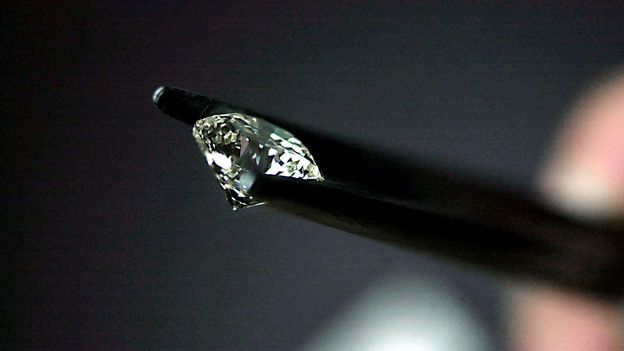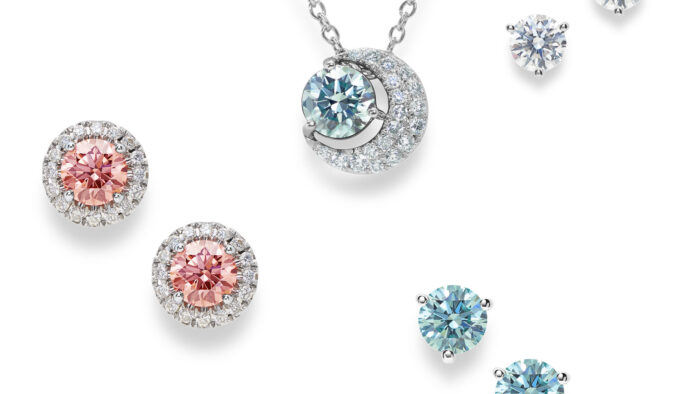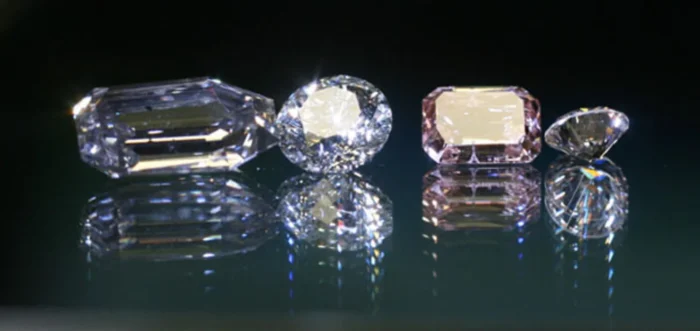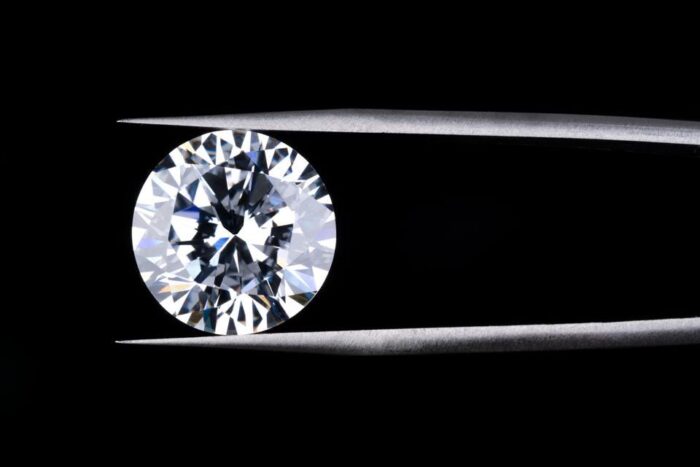
Lab-grown diamonds are growing popular every day because of their many benefits over their natural counterparts. Just like mined diamonds, artificial diamonds are made from carbon atoms. Note that the chemical composition of lab-grown diamonds is the same as that of mined diamonds. They are so identical that gemologists can hardly tell the difference between them. To get all the information about lab-grown diamonds visit https://www.rarecarat.com/diamonds
There are two main methods of creating:

- High pressure/High-temperature method (HPHT)
2. Chemical Vapor Decomposition (CVD)
HPHT method
The HPHT process was developed in 1950 and was the first method developed. Below is the HPHT process:
1. Seed sowing
The process starts with a seed crystal, a small diamond fragment. The seed is placed together with a metal catalyst and starting material. The starting material is usually graphite, a compound made of pure carbon. The metal catalyst can be nickel or iron.
2. Applying the pressure
The diamond seed is then heated to temperatures of up to 1600 degrees Celsius. It’s subjected to pressures of up to 59200 atm. The temperature and pressure dissolve the seed into the metal flux. The press uses metal anvils to reach maximum pressure.
There are three types of presses:
- Belt press
The belt press has two belts to apply pressure to the seed from below and above. The belt press was the pioneer in the diamond industry.
- Cubic press
The cubic press uses the same concept as the belt press but has six anvils. The cubic press is effective for larger materials and can work with cubic materials. Note that cubic presses are not commonly used because technicians can’t scale down pressure like the belt press.
- Split-sphere press
This press uses 14 anvils;8 larger anvils on the outside and six small ones on the inside. A cylindrical capsule is put into a barrel filled with oil to fasten heat transfer.
3. Atom accumulation
The molten metal transfers the atoms from the pure graphite to the seed capsule. The carbon atoms form diamonds around the seed. The growth rate should be regulated because anything can go wrong.
4. Cutting and polishing
After cooling the diamond, it’s cut and polished using the same procedure as natural diamonds. It’s then graded for quality, color, carat and cut. Some catalysts may give the diamond color during the formation process.
CVD Process

The CVD process grows the high-quality diamonds you see in the marketplace. Diamonds grow when hydrocarbon gas is subjected to moderate temperature and pressure in a vacuum chamber.
Diamond seed capsules are put in the vacuum growth chamber.
The vacuum chamber is then heated to 1200 degrees Celsius.
Carbon atoms are exposed to a microwave beam that forces them to precipitate out of the cloud. The atoms deposit onto the seed capsule.
They form after a few days and are removed for polishing. The polishing removes the non-diamond impurities before they are returned to the chamber to continue growing. The diamonds need several stop/start cycles. The entire process can take up to 4 weeks to complete.
The diamonds are cut and sorted after removing them from the chamber.
The CVD process is typically straightforward and reliable. A microwave beam is used as a source of energy. The microwave beam breaks down the gas and diffuses the carbon atoms into the seed plates. Crystallization takes place over several weeks. Note that several crystals may grow simultaneously. The number of crystals depends on the number of seed crystals and the chamber size. The crystals may develop a layer of dark graphite on edge, which should be cut away.
The Future of Lab-Grown Diamonds

The future of them looks very promising. As the technology improves and becomes more accessible, jewelry with these man-made gems is likely to become more popular. The process of creating them involves replicating the conditions in which diamonds from deep underground form naturally. To create laboratory-grown gems, scientists take a small piece of gems or graphite and place it in an extreme environment of intense heat and pressure – the same type of environment that forms natural diamonds deep beneath the Earth’s surface.
The big difference between natural and lab-grown ones is how they’re made. Natural ones come from below the earth’s surface, while lab-created diamonds are created using incredibly advanced technology that involves high levels of pressure and heat as well as sophisticated chemical processes. They have all the same physical characteristics of natural ones, including hardness, clarity and sparkle; however, they often contain fewer impurities than their natural counterparts and can have higher clarity grades at lower prices than mined stones.
While there are still some ethical questions surrounding developing large scale production methods for these gems, they represent a very promising avenue for reducing our dependence on mined stones. The cost can be substantially lower compared to traditional diamond production methods when it comes to quantity as well as labor costs associated with energy efficient processes used during creation. In addition, many consumers are drawn to this technologically advanced method due to environmental factors since no strip-mining is involved for extraction; chemicals and digital treatments used in manufacturing can also be curtailed if necessary regulations are imposed or existing ones enforced effectively by governments worldwide.
In conclusion, they are real gems. They are identical to mined diamonds in terms of their physical properties and appearance. They differ only in the way that they are produced, with fewer restrictions than traditional gems.
They have several benefits, including the elimination of challenges associated with environmental impact and cost associated with the traditional mining industry. The combination of artificial intelligence and robotics used to produce lab-grown diamonds has drastically changed the industry, giving consumers a less expensive gem that is nonetheless an authentic replica of a mined one.
This type of technology is enabling jewelry companies to create products that offer economic, ethical and sustainable solutions while still allowing customers to find the perfect piece of jewelry for any occasion.











